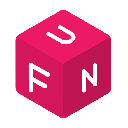-
 Bitcoin
Bitcoin $83,692.3503
0.83% -
 Ethereum
Ethereum $1,817.6072
1.05% -
 Tether USDt
Tether USDt $0.9997
-0.01% -
 XRP
XRP $2.1571
4.64% -
 BNB
BNB $597.9442
0.92% -
 Solana
Solana $121.3486
4.34% -
 USDC
USDC $1.0000
0.01% -
 Dogecoin
Dogecoin $0.1701
3.73% -
 Cardano
Cardano $0.6627
2.07% -
 TRON
TRON $0.2366
-0.80% -
 Chainlink
Chainlink $12.9968
1.79% -
 UNUS SED LEO
UNUS SED LEO $8.9254
-4.67% -
 Toncoin
Toncoin $3.2910
-5.61% -
 Stellar
Stellar $0.2571
-0.87% -
 Avalanche
Avalanche $18.2770
1.18% -
 Sui
Sui $2.2536
2.53% -
 Shiba Inu
Shiba Inu $0.0...01238
1.05% -
 Hedera
Hedera $0.1630
0.81% -
 Litecoin
Litecoin $83.8930
0.33% -
 Polkadot
Polkadot $4.0032
-0.63% -
 MANTRA
MANTRA $6.2613
-0.60% -
 Bitcoin Cash
Bitcoin Cash $303.7265
-0.19% -
 Bitget Token
Bitget Token $4.5099
0.36% -
 Dai
Dai $1.0001
0.01% -
 Ethena USDe
Ethena USDe $0.9990
-0.06% -
 Pi
Pi $0.6727
25.93% -
 Hyperliquid
Hyperliquid $12.0801
5.29% -
 Monero
Monero $216.8337
0.33% -
 Uniswap
Uniswap $5.9215
0.58% -
 OKB
OKB $51.4710
9.89%
How does Web3 affect the financial industry?
Web3's decentralized principles and blockchain technology significantly enhance financial industry transparency, security, and interoperability, empowering financial inclusion and unlocking new revenue streams.
Feb 18, 2025 at 05:36 pm
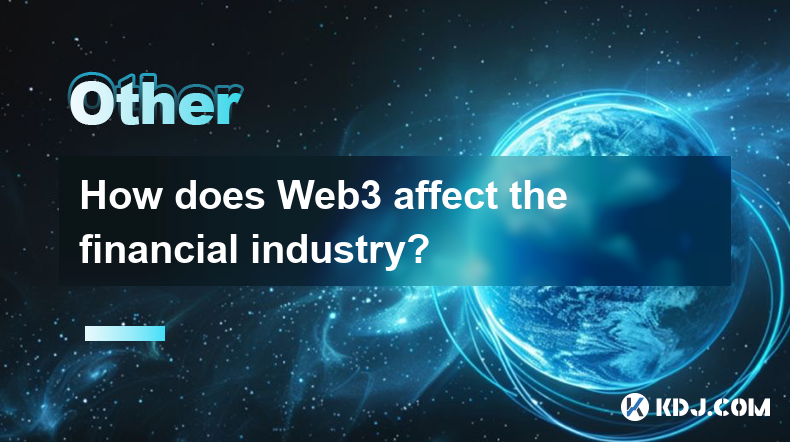
Key Points of the Article:
- Improved Decentralization and Transparency
- Expanded Digital Asset Offering and Accessibility
- Enhanced Interoperability and Composability
- Revolutionizing Payment and Remittance Systems
- Empowering Financial Inclusion and Access
- Automated and Secure Investment Management
- Data Sovereignty and Privacy Protection
- Unlocking New Revenue Streams and Business Models
How Web3 Affects the Financial Industry
Web3, with its decentralized and blockchain-based principles, is poised to significantly transform the financial industry. Here's how:
1. Improved Decentralization and Transparency:
Web3's distributed ledger technology (DLT) empowers financial transactions to occur without the need for centralized intermediaries like banks. This decentralization enhances transparency and reduces the risk of censorship, manipulation, or fraud.
2. Expanded Digital Asset Offering and Accessibility:
Web3 unlocks a wide range of digital assets beyond traditional fiat currencies and stocks. Tokens, NFTs, and stablecoins create new investment opportunities and make financial participation more accessible to diverse groups.
3. Enhanced Interoperability and Composability:
Unlike traditional financial systems, Web3 promotes open and composable infrastructures. Different protocols and applications can seamlessly integrate with each other, enabling the creation of innovative financial products and services.
4. Revolutionizing Payment and Remittance Systems:
Web3-based digital currencies enable faster, cheaper, and more secure cross-border payments. They bypass intermediaries, reduce transaction fees, and enhance the efficiency of remittances and digital commerce.
5. Empowering Financial Inclusion and Access:
Web3's decentralized nature offers financial services to underserved populations excluded from traditional banking. It enables individuals to manage their finances without relying on intermediaries, reducing economic and social disparities.
6. Automated and Secure Investment Management:
Smart contracts empower autonomous investment decisions based on predefined parameters. This eliminates emotions and biases in investing, enhances decision-making, and reduces investment risks.
7. Data Sovereignty and Privacy Protection:
Web3 focuses on preserving data ownership and control in the hands of users. It implements encryption and zero-knowledge proofs to ensure privacy and security, preventing the exploitation or misuse of personal and financial data.
8. Unlocking New Revenue Streams and Business Models:
Web3 opens doors to novel income streams for businesses. Decentralized exchanges, lending platforms, and tokenized assets offer new opportunities for financial institutions, entrepreneurs, and investors.
FAQs Related to Web3 and Finance:
1. What are the risks of investing in Web3?
Web3 investments involve volatility and unpredictable market conditions. Proper research, due diligence, and risk management strategies are crucial to mitigate potential losses.
2. How is Web3 regulated?
Web3 regulations are evolving rapidly across jurisdictions. Governments are grappling with the need for consumer protection, financial stability, and compliance with existing laws.
3. What are the biggest challenges facing the adoption of Web3 in finance?
Scalability, interoperability, and user adoption remain key challenges. Scaling solutions, standardized protocols, and simplified user experiences are essential for widespread Web3 adoption in the financial industry.
4. How is Web3 different from Web2?
Unlike Web2, which is centralized and data-driven, Web3 is decentralized and user-centric. It empowers users with control over their digital assets and data, enhancing privacy, transparency, and inclusivity.
Disclaimer:info@kdj.com
The information provided is not trading advice. kdj.com does not assume any responsibility for any investments made based on the information provided in this article. Cryptocurrencies are highly volatile and it is highly recommended that you invest with caution after thorough research!
If you believe that the content used on this website infringes your copyright, please contact us immediately (info@kdj.com) and we will delete it promptly.
- title: Dogecoin (DOGE) Shows Resilience Despite Bitcoin (BTC) and Altcoin Market Downturn
- 2025-04-05 18:20:12
- Fartcoin (STPT) Down After Explosive Rally as Investors Take Profits
- 2025-04-05 18:20:12
- NodeOps Network Unveils Innovative Pre-Sale Price Discovery Mechanism
- 2025-04-05 18:15:12
- MIND of Pepe Presale Closes On $8 Million – Next Crypto To Explode?
- 2025-04-05 18:15:12
- The Next Bitcoin Treasury Company May Not Be a U.S. Tech Giant
- 2025-04-05 18:10:12
- Market Greed Turns to Bloodbath as Nearly $300M Worth of Perpetual Futures Positions Get Liquidated
- 2025-04-05 18:10:12
Related knowledge
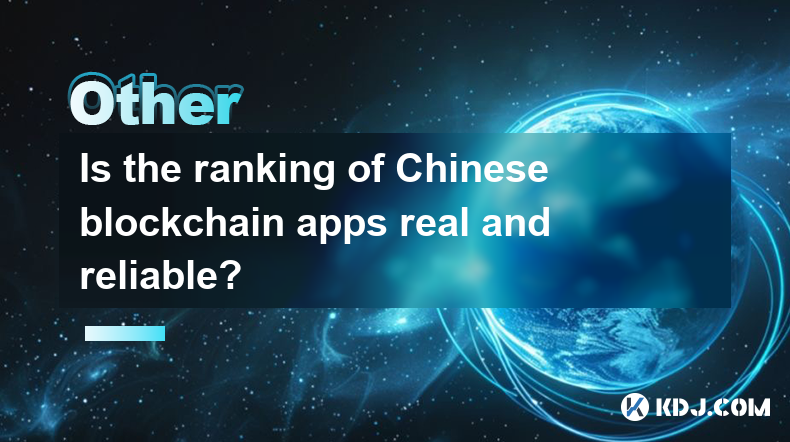
Is the ranking of Chinese blockchain apps real and reliable?
Apr 04,2025 at 09:01pm
The ranking of Chinese blockchain apps has become a topic of interest for many in the cryptocurrency community, as it provides insights into the popularity and adoption of blockchain technology within China. However, the reliability and authenticity of these rankings are often questioned. This article aims to delve into the factors that influence these ...
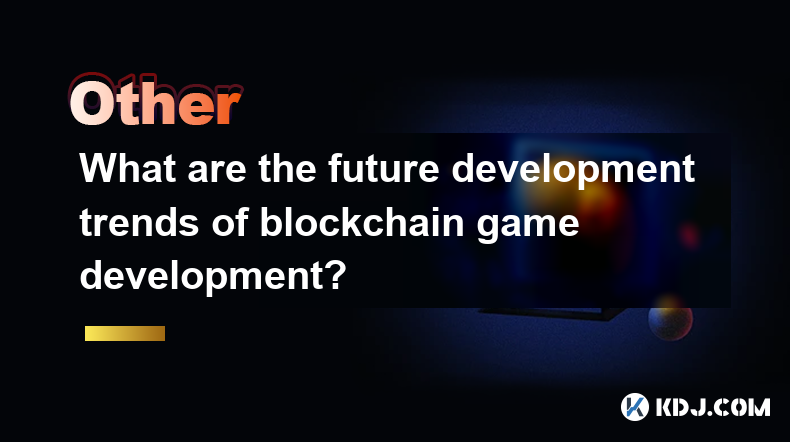
What are the future development trends of blockchain game development?
Apr 03,2025 at 05:00am
Blockchain technology has revolutionized various industries, and gaming is no exception. As we look to the future, several trends are set to shape the development of blockchain games. These trends not only promise to enhance the gaming experience but also to integrate blockchain technology more seamlessly into the gaming ecosystem. Let's explore these t...
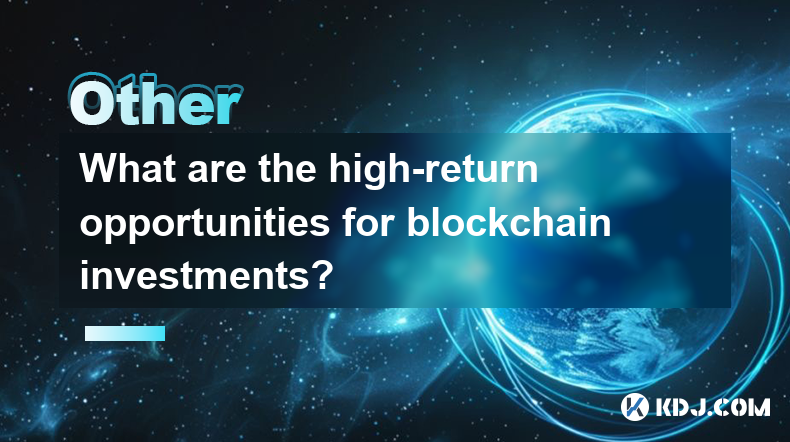
What are the high-return opportunities for blockchain investments?
Apr 05,2025 at 02:35pm
Blockchain technology has revolutionized the financial world, offering numerous high-return investment opportunities. These opportunities span various sectors within the cryptocurrency ecosystem, including cryptocurrencies, decentralized finance (DeFi), non-fungible tokens (NFTs), and blockchain startups. Each of these areas presents unique risks and re...
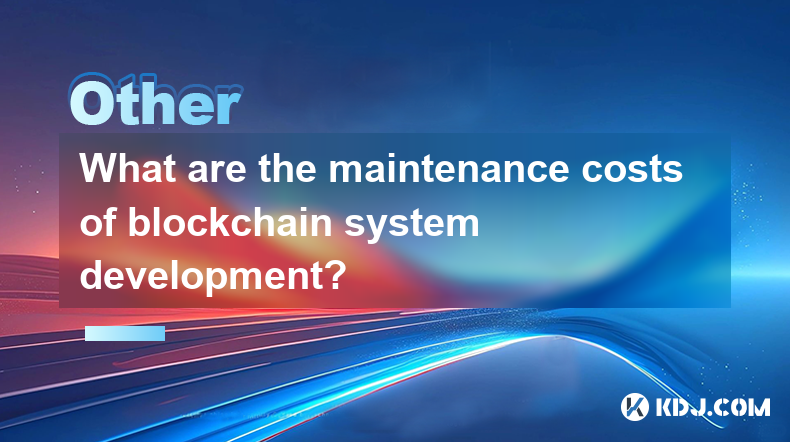
What are the maintenance costs of blockchain system development?
Apr 03,2025 at 06:07pm
The maintenance costs of blockchain system development are multifaceted and depend on various factors. These costs can include technical maintenance, security updates, infrastructure expenses, and personnel costs. Understanding these elements is crucial for anyone planning to develop or maintain a blockchain system. Technical MaintenanceTechnical mainte...
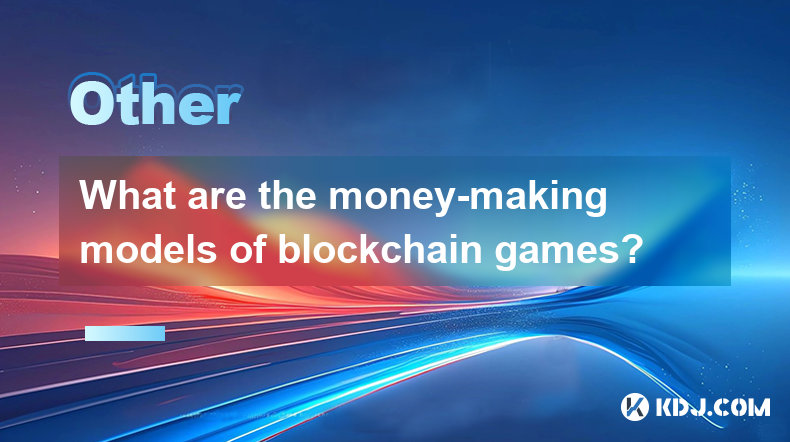
What are the money-making models of blockchain games?
Apr 04,2025 at 02:00pm
Blockchain games have emerged as a revolutionary way for players to earn real money while enjoying their favorite pastime. These games leverage the power of blockchain technology to create unique money-making models that benefit both the players and the developers. In this article, we will explore the various money-making models of blockchain games and ...
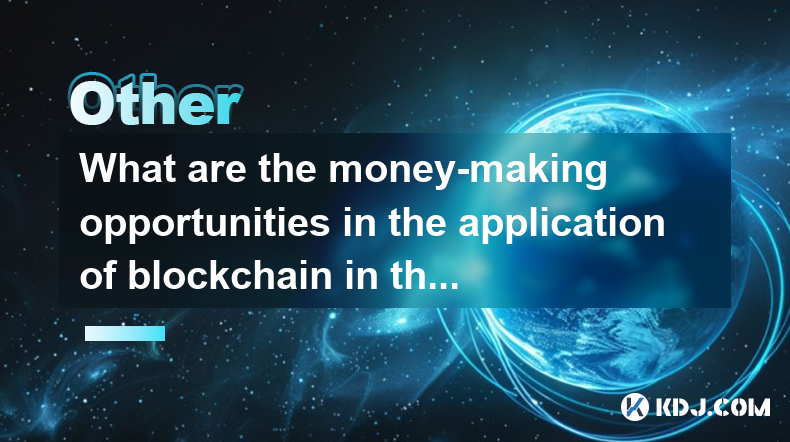
What are the money-making opportunities in the application of blockchain in the medical industry?
Apr 03,2025 at 03:35am
The integration of blockchain technology into the medical industry presents a myriad of money-making opportunities that can revolutionize healthcare systems. Blockchain's inherent characteristics, such as transparency, security, and immutability, make it an ideal solution for various medical applications. By leveraging blockchain, companies can develop ...

Is the ranking of Chinese blockchain apps real and reliable?
Apr 04,2025 at 09:01pm
The ranking of Chinese blockchain apps has become a topic of interest for many in the cryptocurrency community, as it provides insights into the popularity and adoption of blockchain technology within China. However, the reliability and authenticity of these rankings are often questioned. This article aims to delve into the factors that influence these ...

What are the future development trends of blockchain game development?
Apr 03,2025 at 05:00am
Blockchain technology has revolutionized various industries, and gaming is no exception. As we look to the future, several trends are set to shape the development of blockchain games. These trends not only promise to enhance the gaming experience but also to integrate blockchain technology more seamlessly into the gaming ecosystem. Let's explore these t...

What are the high-return opportunities for blockchain investments?
Apr 05,2025 at 02:35pm
Blockchain technology has revolutionized the financial world, offering numerous high-return investment opportunities. These opportunities span various sectors within the cryptocurrency ecosystem, including cryptocurrencies, decentralized finance (DeFi), non-fungible tokens (NFTs), and blockchain startups. Each of these areas presents unique risks and re...

What are the maintenance costs of blockchain system development?
Apr 03,2025 at 06:07pm
The maintenance costs of blockchain system development are multifaceted and depend on various factors. These costs can include technical maintenance, security updates, infrastructure expenses, and personnel costs. Understanding these elements is crucial for anyone planning to develop or maintain a blockchain system. Technical MaintenanceTechnical mainte...

What are the money-making models of blockchain games?
Apr 04,2025 at 02:00pm
Blockchain games have emerged as a revolutionary way for players to earn real money while enjoying their favorite pastime. These games leverage the power of blockchain technology to create unique money-making models that benefit both the players and the developers. In this article, we will explore the various money-making models of blockchain games and ...

What are the money-making opportunities in the application of blockchain in the medical industry?
Apr 03,2025 at 03:35am
The integration of blockchain technology into the medical industry presents a myriad of money-making opportunities that can revolutionize healthcare systems. Blockchain's inherent characteristics, such as transparency, security, and immutability, make it an ideal solution for various medical applications. By leveraging blockchain, companies can develop ...
See all articles














































































